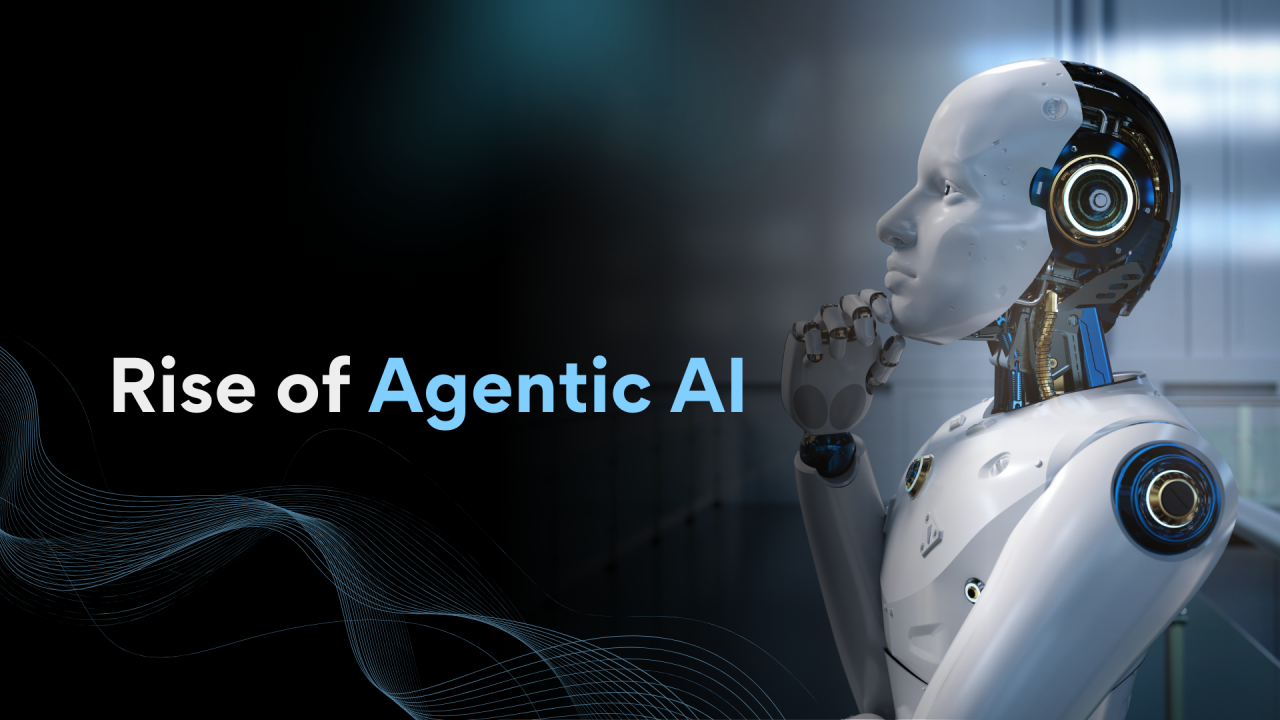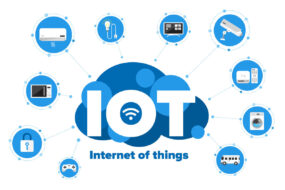
Introduction – Are We Entering the Age of Agentic AI?
Imagine an assistant that doesn’t just wait for instructions but notices what you need before you say it. It reminds you about a deadline, checks your data for errors, and even drafts an email so you don’t have to. That’s no longer science fiction—it’s the reality of agentic AI.
Unlike older chatbots that gave pre-scripted answers or modern assistants that only respond when asked, agentic AI is proactive. It takes goals, plans steps, adapts to changes, and works in the background while you focus on bigger priorities.
This shift is being called one of the most important advances since the rise of the smartphone. And with the global AI market projected to reach $1.8 trillion by 2030 (Statista, 2025), the momentum behind it is clear.
So what exactly makes agentic AI different, and why does it matter for the way we live and work? Let’s dive in.
What Is Agentic AI?
A Simple Definition
Agentic AI refers to systems that don’t just react but act on their own initiative. Instead of waiting for constant supervision, they pursue goals, make decisions, and learn along the way.
-
Traditional AI: You ask → it answers → conversation ends.
-
Agentic AI: You set a goal → it creates a plan → takes action → adapts → reports back.
Think of the difference between a calculator and a personal assistant. A calculator solves one problem at a time. A personal assistant anticipates what’s next and helps you get there.
How It Differs From Old-School AI Assistants
Older systems like early Siri or Alexa were reactive. They gave answers, but only when prompted. Agentic AI stands out because it is:
-
Proactive: Reminds you of tasks without being asked.
-
Context-aware: Learns from past actions and adapts.
-
Continuous: Runs in the background for hours or days.
Example: In a sales team, an agentic AI might notice missing data in a CRM, flag the problem, and email the team before it derails a deal.
Why Agentic AI Is Rising Now
Smarter AI Models
Today’s large language models have advanced memory and reasoning capabilities. They can handle multi-step workflows, like debugging code or drafting lengthy reports—something that wasn’t possible with earlier AI.
Integration Into Everyday Tools
Companies like Microsoft and Google are embedding agentic AI into daily work. Microsoft’s Copilot, for instance, predicts user needs, drafts emails, and sets meetings automatically. According to Microsoft, these features save users about 10 hours a month (Microsoft, 2025).
Business Pressure for Efficiency
Organizations are under pressure to automate repetitive tasks. A McKinsey study in 2024 showed that firms using advanced AI automation saved 15,000 work hours annually per 1,000 employees. Agentic AI doesn’t just cut minutes—it takes entire processes off human plates.
Real-World Applications of Agentic AI
In the Workplace
-
AI project managers that assign tasks, send reminders, and track deadlines.
-
Research agents that pull data, summarize findings, and prepare reports.
-
Case study: A mid-sized marketing agency used xAI’s agentic AI to automate A/B testing. Overnight, it adjusted campaign variables, boosting click-through rates by 12% and saving 20 hours per week.
In Personal Life
-
Travel AI that books flights, handles delays, and updates your calendar.
-
Financial AI that monitors bills, renegotiates renewals, and finds better deals.
In Healthcare
-
Virtual assistants that schedule appointments, monitor vitals, and adjust medication reminders.
-
Example: A California hospital implemented agentic AI to coordinate doctors, labs, and patients. Result? 18% shorter patient wait times (HealthTech Journal, 2025).
In Creative Work
-
Video editing AI that assembles rough cuts.
-
Advertising AI that drafts campaign variations for human review.
-
Example: A music producer used agentic AI to create 10 track variations, cutting production time by 30% (Billboard, 2025).
Why Human-Machine Collaboration Matters
Efficiency and Productivity
By automating repetitive tasks, agentic AI frees humans for higher-level work. Gartner (2025) estimates that automating data entry alone can save employees 5-10 hours weekly.
Scalability
One AI agent can juggle dozens of processes. In customer service, AI could handle up to 80% of routine tickets, leaving humans to tackle complex cases.
Creativity and Strategy
AI supports, rather than replaces, human imagination. As futurist Amy Webb puts it: “AI isn’t here to take your job. It’s here to take the parts you never liked.”
Challenges and Risks of Agentic AI
Ethics and Trust
When AI acts independently, who is responsible? In 2023, an AI trading bot executed unauthorized trades, losing $2 million (Bloomberg, 2023) before being shut down. Clear rules are essential.
Over-Reliance
Like pilots over-trusting autopilot, workers may fail to double-check AI outputs. A 2024 Forrester study found that 30% of employees using AI tools failed to verify their work, resulting in costly errors.
Security Concerns
If compromised, agentic AI could be weaponized. Imagine an AI agent altering financial records or leaking confidential data. Guardrails and encryption are non-negotiable.
Common Mistakes Businesses Make
-
Deploying AI without clear boundaries.
-
Assuming AI needs no oversight.
-
Ignoring employee concerns about autonomy.
How to Work With Agentic AI Successfully
Delegate Wisely
Keep human judgment at the center. Let AI manage repetitive, data-heavy tasks like scheduling or database cleanup.
Develop AI Literacy
Teams that understand AI collaborate better. Even short training on prompt design or workflow integration can boost efficiency by 25% (Deloitte, 2025).
Build Feedback Loops
Treat AI like a junior employee—smart, quick, but still learning. Regular reviews help catch mistakes and refine its performance.
Looking Ahead – The Future of Agentic AI
Multi-Agent Ecosystems
By 2030, we may see teams of AI agents collaborating: one for research, one for summarizing, and another for visualization. Early examples already exist in xAI’s multi-agent data analysis tools.
Humans as Conductors
Instead of doing the grunt work, humans will act as conductors—directing AI “orchestras” while maintaining oversight.
Predictions for the Next Decade
-
Agentic AI in classrooms tailoring lessons to individual students.
-
AI in law performing first-pass case reviews.
-
$50 billion in investments in autonomous agent startups by 2032 (CB Insights, 2025).
Conclusion – Rethinking Collaboration in the Age of Agentic AI
Agentic AI represents a shift from machines as passive tools to machines as proactive partners. It’s changing how we approach work, learning, and even daily life.
The opportunity is clear: less time on routine tasks, more time for creativity, strategy, and human connection. But success depends on balance. We must set boundaries, stay engaged, and build literacy around these systems.
The real challenge of the coming decade won’t just be creating smarter AI. It will be learning how to collaborate with it responsibly—keeping humans in control while letting AI handle the parts of work we’re ready to let go.








No Comments